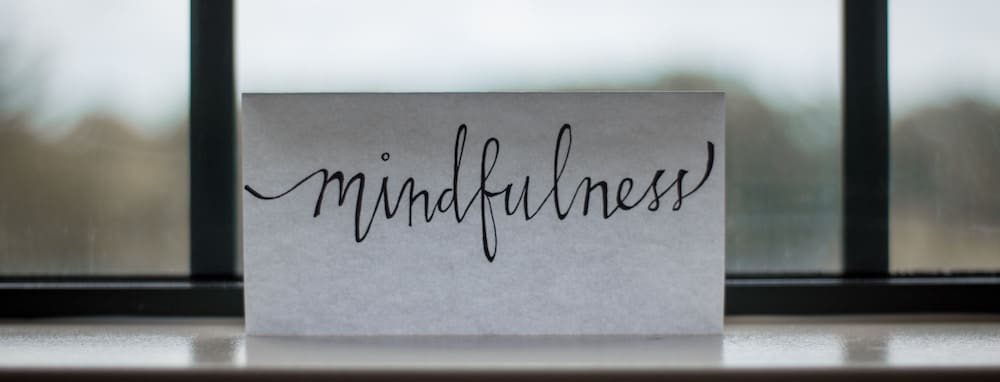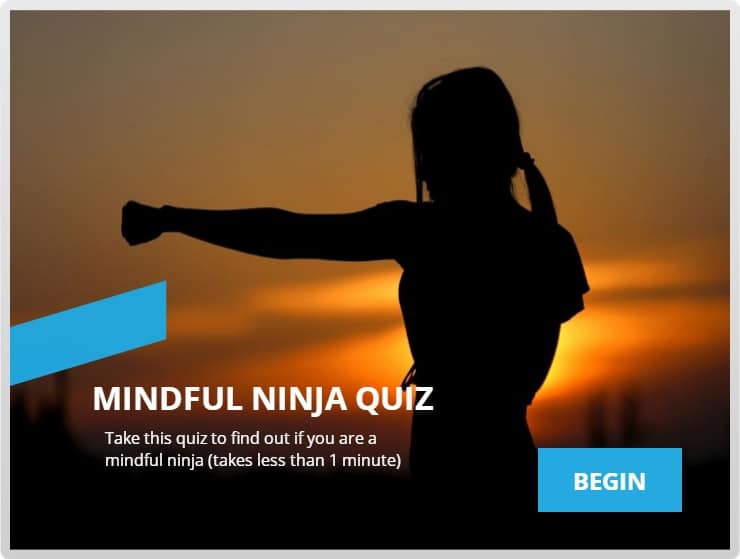
WHAT IS MINDFULNESS?
It’s rare nowadays for someone to ask me ‘What is mindfulness?’. Most people have heard about it, seen it on the internet or knows someone who does it. It feels like mindfulness is on everybody’s lips, so much so people think it’s just another passing fad. But mindfulness has been around for thousands of years, and will still be around for thousands to come.
MINDFULNESS IS PAYING ATTENTION IN A PARTICULAR WAY; ON PURPOSE, IN THE PRESENT MOMENT, NON-JUDGEMENTALLY.
My favourite definition of mindfulness comes from the modern day father of mindfulness Jon Kabat Zinn. Kabat Zinn says, “Mindfulness is paying attention in a particular way; on purpose, in the present moment, non-judgementally”.
On purpose. Mindfulness comes when we make a decision to bring our attention back to the present moment
In the present moment. Too much of our lives is spent worrying about things that may never happen, or things that we can no longer control (things that have happened in the past). Mindfulness focuses on what is happening right now, by trying to silence the ‘monkey mind’.
Non judgmentally. We are constantly judging, whether it is ourselves, other people or the situation. We are always adding a layer that doesn’t need to be there. Mindfulness is about suspending judgment and trying to take things more at face value.

Even though mindfulness has become a part of everyday language, some misconceptions still exist. One of the biggest misconceptions is that when we are being mindful we are trying to blank our minds.
The mind is built to think and we are constantly having any number of thoughts consciously or sub-consciously. The aim of mindfulness is not to blank the mind but to allow thoughts to come and go without getting caught up in them. One of the best analogies I have heard to describe this is that you are sitting on a platform watching trains pull into and out of the station. The aim is not to get onto any of the trains but just watch them come and go. If you get on a train, you never know where you are going to end up. It’s exactly the same for thoughts.
To read more about some of the other misconceptions about mindfulness, read my post “You don’t have to be a monk to be mindful”.

